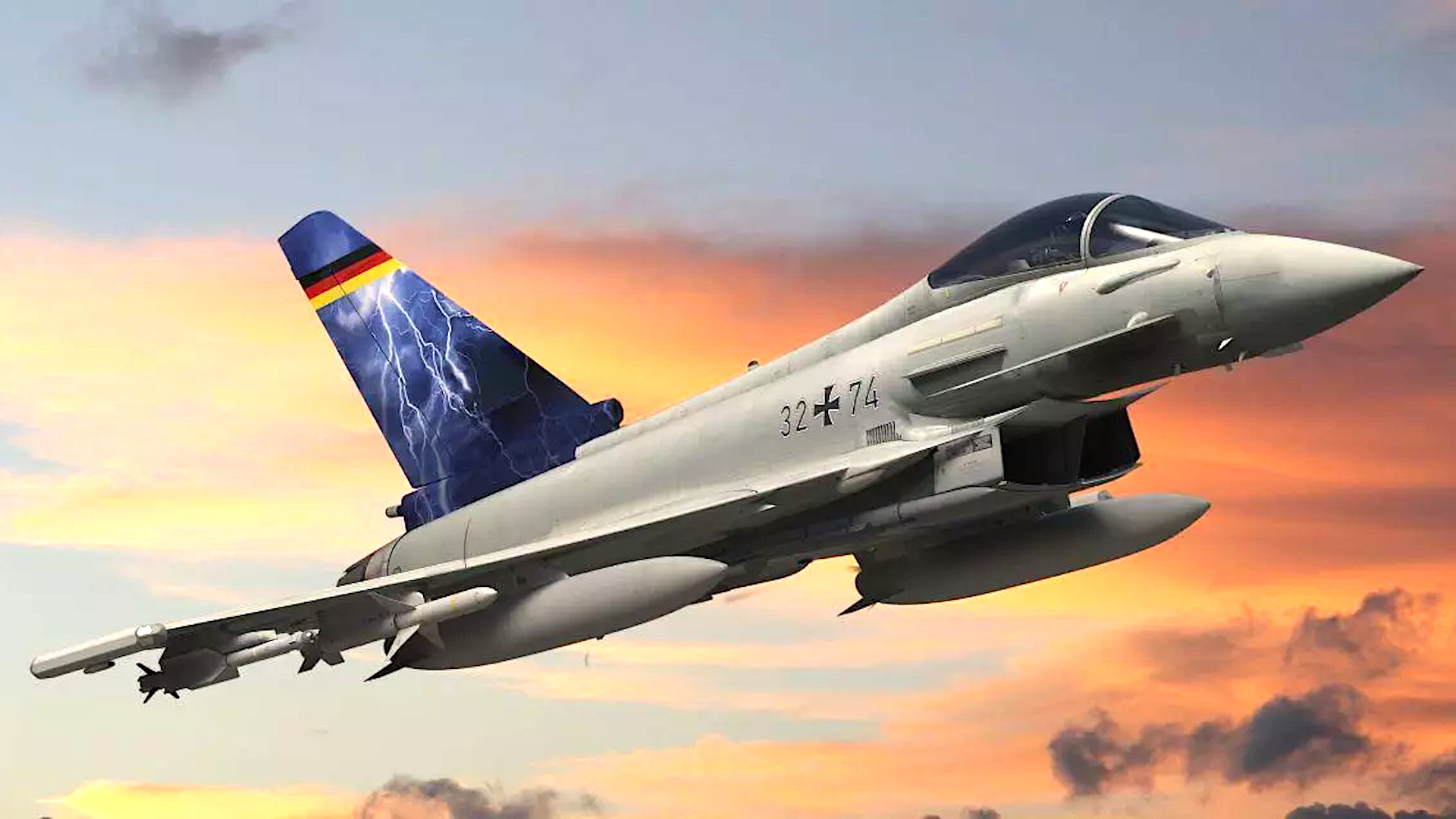The German government has now formally decided to transform 15 Eurofighter Typhoon fighters into radar-busting electronic warfare aircraft. The resulting Typhoon EK jets will feature an Arexis electronic warfare suite from Saab and be able to employ AGM-88E Advanced Anti-radiation Guided Missiles to suppress and destroy enemy air defenses, a mission set also known SEAD/DEAD. The EKs will supplant Germany’s aging Tornado ECR swing-wing jets that have been serving in this role since the 1990s and give the country’s air force an important capability boost.
The German Air Force, or Luftwaffe, along with the European aerospace consortium Airbus, announced the official decision to move ahead with the Typhoon EK (Electronic Combat) plan yesterday. This was approved recently by the budget committee of Germany’s parliament, or Bundestag. Airbus will oversee the conversion of the jets. The multinational conglomerate is itself a major component of the Eurofighter consortium, which makes the Typhoon.
German authorities had announced their intention to procure 15 electronic warfare variants of the Typhoon last year, but it was not clear then whether these would be new production jets or conversions of existing ones. It has now been confirmed that they will be the latter, but exactly what aircraft will form the basis for Germany’s future EKs remains unclear. The Luftwaffe currently has around 141 Typhoons in service, which includes a mixture of Tranche 1, 2, and 3A variants. Germany is also in the process of acquiring a total of 38 examples of the more modern Tranche 4 version. The country’s air force also currently has around 21 ECR (Electronic Combat/Reconnaissance) variants of the Tornado.
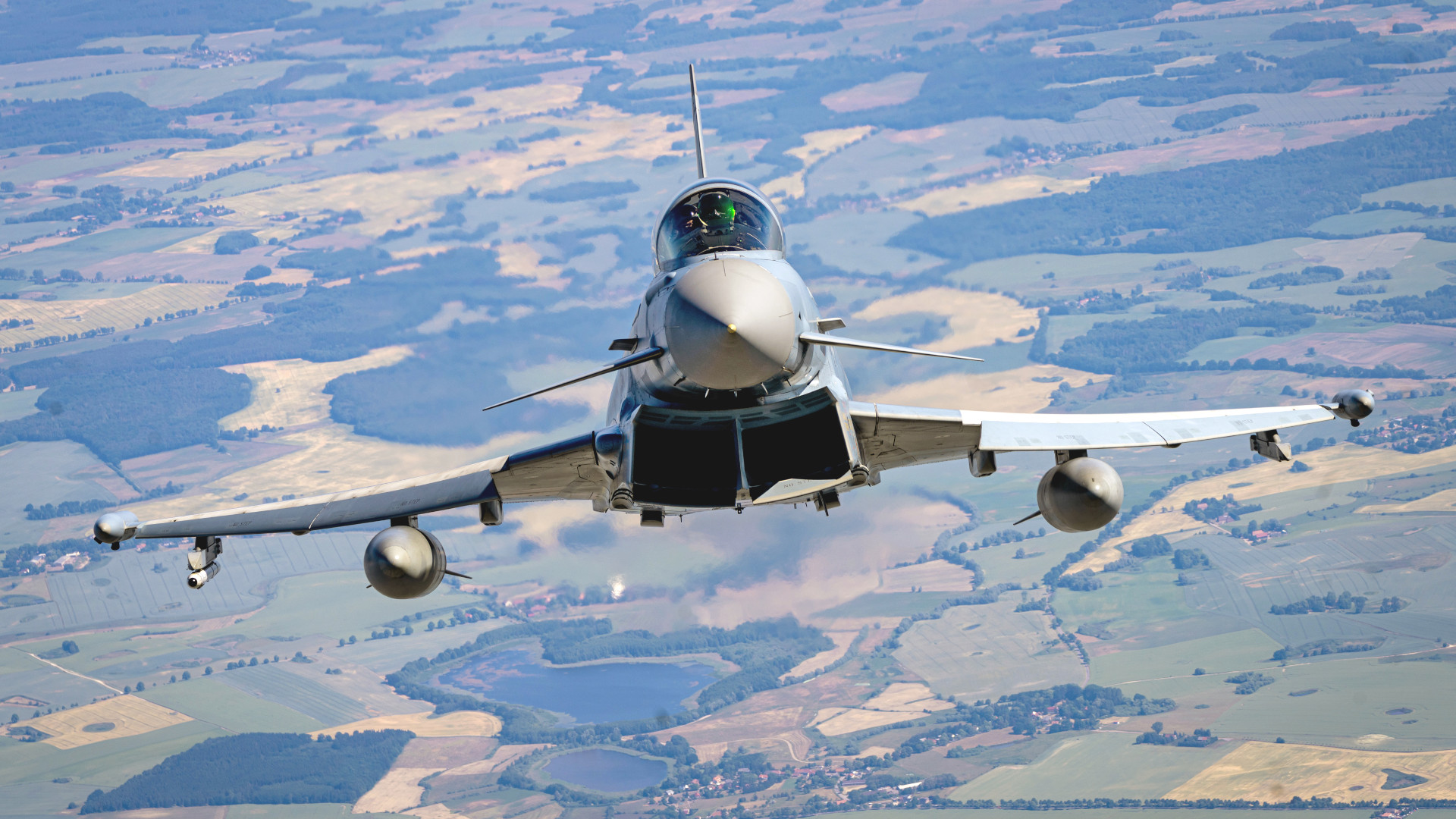
Artwork Airbus released today does indicate that Germany’s forthcoming Typhoon EKs will be single-seat variants. The rendering also shows that the jets will feature new wing tip pods similar to the ones found on Saab’s Gripen E/F fighters. Gripen E/Fs also have a version of Arexis, but primarily for self-protection. The pods on Gripen E/F also have a built-in rail so that the jets can still carry IRIS-T air-to-air missiles on their wing tips. Existing Typhoon variants do not have wing tip missile rails, but do have pods that contain electronic countermeasures and towed decoys as part of the existing Praetorian self-protection suite.
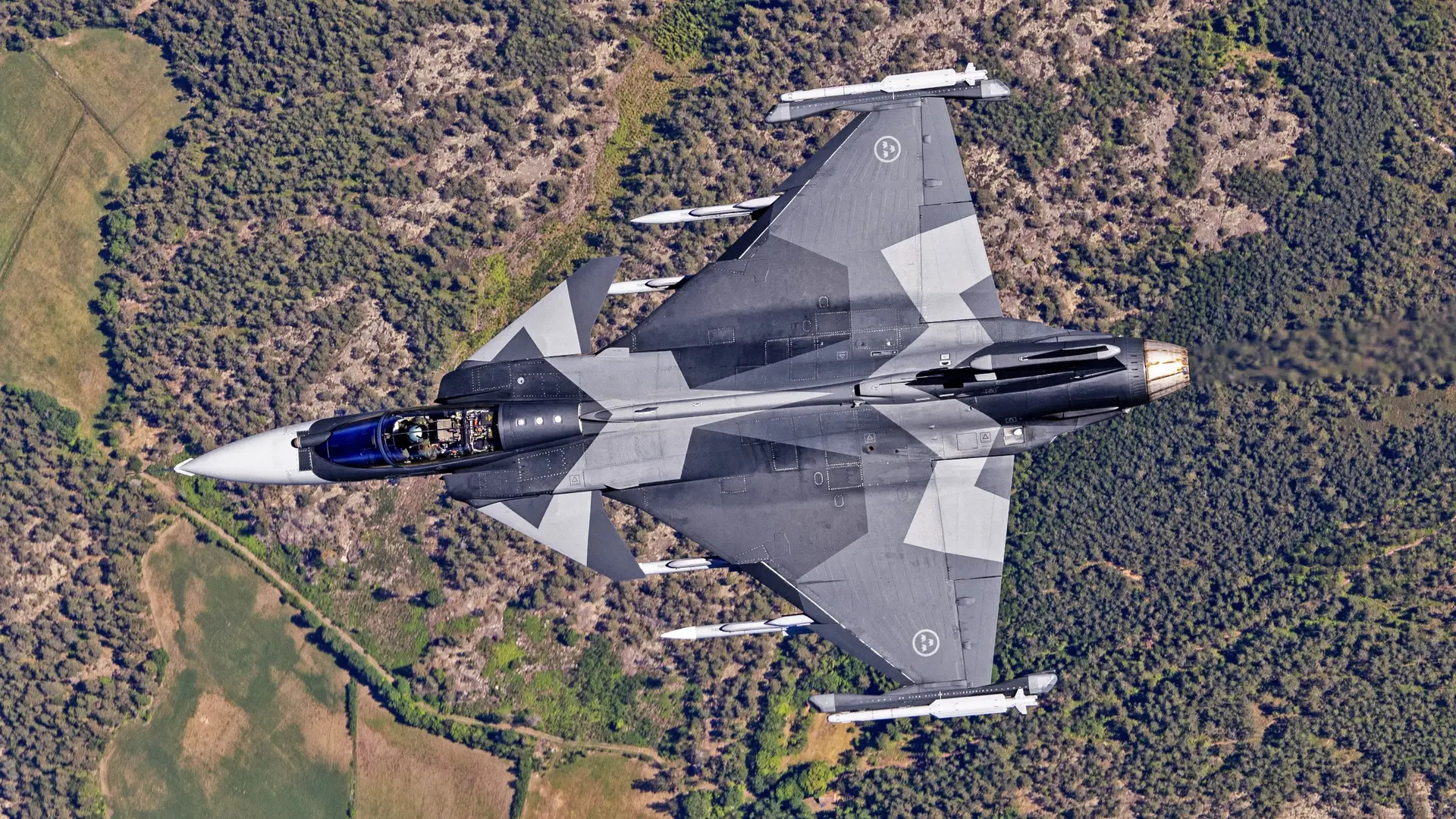
“With Saab’s transmitter location system and the Anti-Radiation Guided Missile (AARGM) from Northrop Grumman, the Eurofighter EK will be able to detect, localize and disable anti-aircraft radars,” according to the press release Airbus put out today. “In addition, the Saab solution has jammers that improve the Eurofighter’s self-protection.”

“The Eurofighter EK also has technologies on board that were developed by small and medium-sized enterprises and a start-up,” the release adds. “These include an AI [artificial intelligence] solution that makes it possible to analyze radar data on-board and quickly determine precise self-protection measures.”
The “start-up” referenced here is German firm Helsing, which announced in June it would be working with Saab to incorporate AI-enable capabilities into its electronic warfare package for Germany’s Typhoon EKs. Saab issued its own press release the following month about it having been selected to provide a version of Arexis as part of the EK conversion plan.
The selection of AARGM as the primary kinetic SEAD/DEAD weapon for Germany’s Typhoon EKs is not surprising. The U.S. approved the sale of these missiles to Germany in 2019 and a contract to supply them to the German Air Force was signed in 2021. Older AGM-88 variants are in use now on its existing Tornado ECRs (Electronic Combat/Reconnaissance).
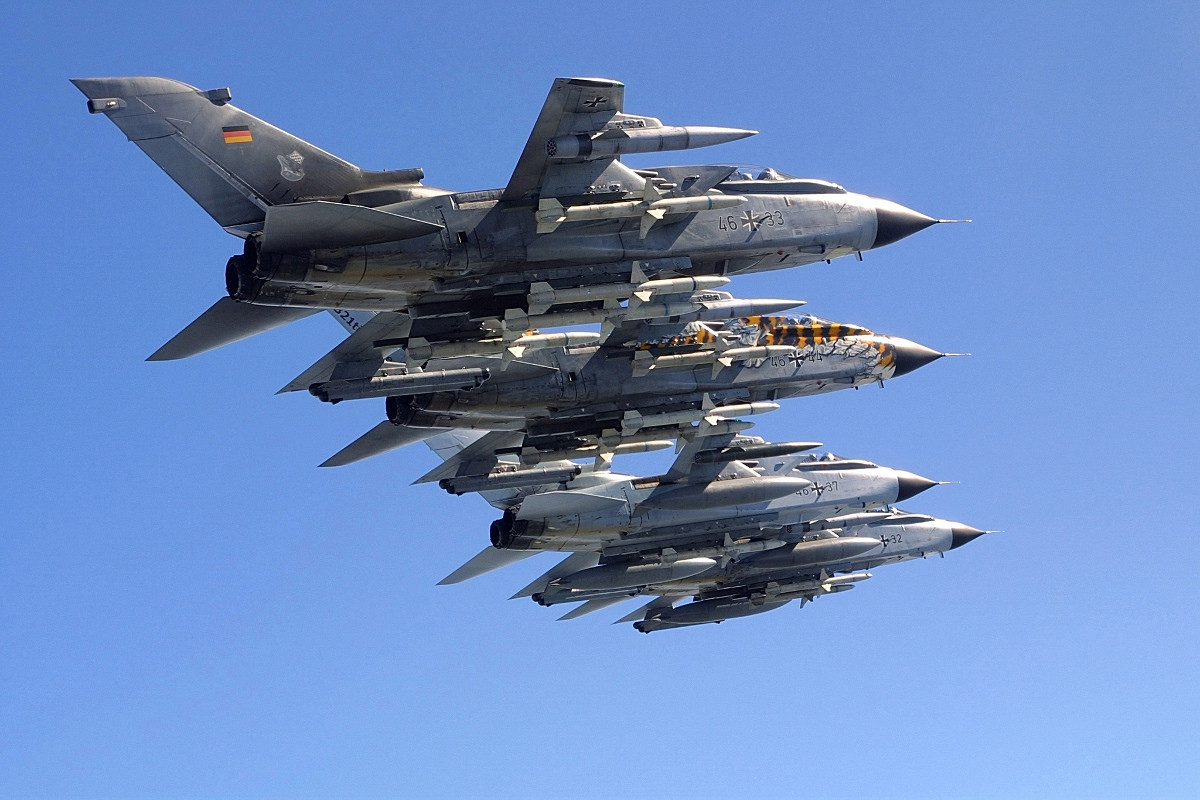
The AGM-88E offers significant improvements over previous AGM-88s, including a multi-mode guidance system that makes it more capable of zeroing in on radars and other emitters even if they switch off or attempt to relocate. Its GPS-assisted international navigation system (INS) guidance system gives it a secondary ability to strike static coordinates.

Overall, the Typhoon EK looks set to provide an important boost in electronic warfare capabilities in a package that also has higher performance and is more sustainable compared to the Tornado ECR. The readiness rate of Germany’s entire Tornado fleet has been steadily dropping in recent years and the country is also acquiring 35 stealthy F-35A Joint Strike Fighters to supplant its multi-role Tornado IDS variants.
At the same time, it is worth noting that the single-seat Typhoon EK looks to be something of a step back from the two-seat Typhoon ECR that Airbus previously pitched. First unveiled in 2019, the proposed Typhoon ECR configuration included a trio of large electronic warfare pods from German firm Hensoldt under its wings and on the aircraft’s centerline station.
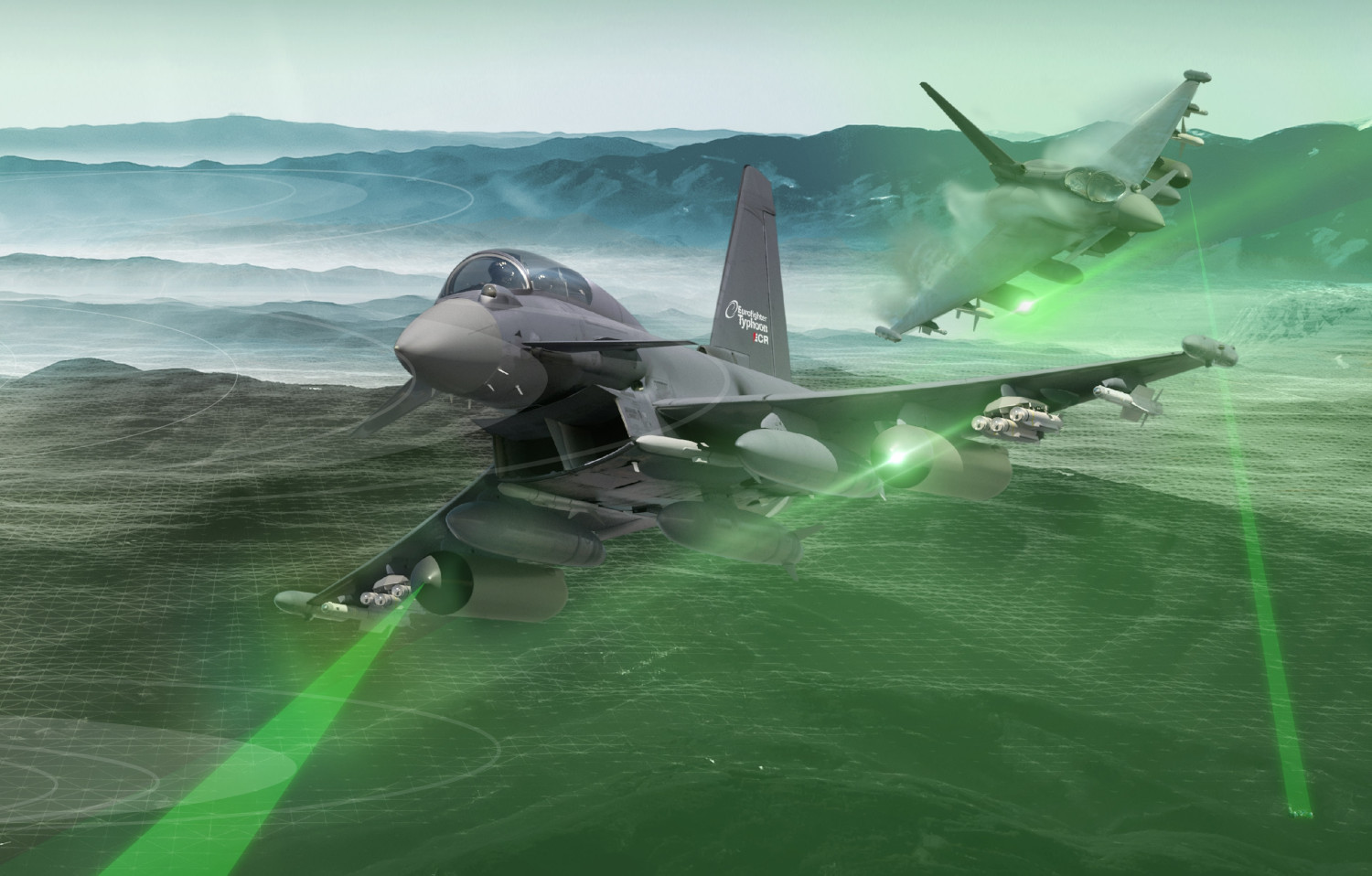
Airbus’ vision for the Typhoon ECR also included the SPEAR-EW electronic warfare derivative of the Select Precision Effects At Range Capability Three (SPEAR-3) miniature cruise missile. SPEAR-EW would offer a novel stand-off electronic warfare capability with the ability to loiter for some amount of time in a target area, distracting or confusing enemy air defenders, or even potentially drawing incoming missiles away from friendly aircraft. You can read more about SPEAR-3 and SPEAR-EW, which are made by the European missile consortium MBDA, in this past War Zone story.
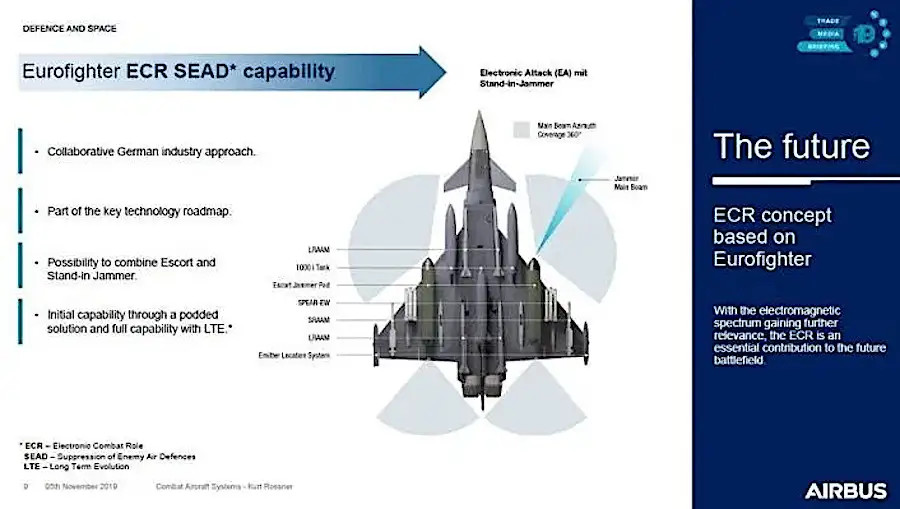
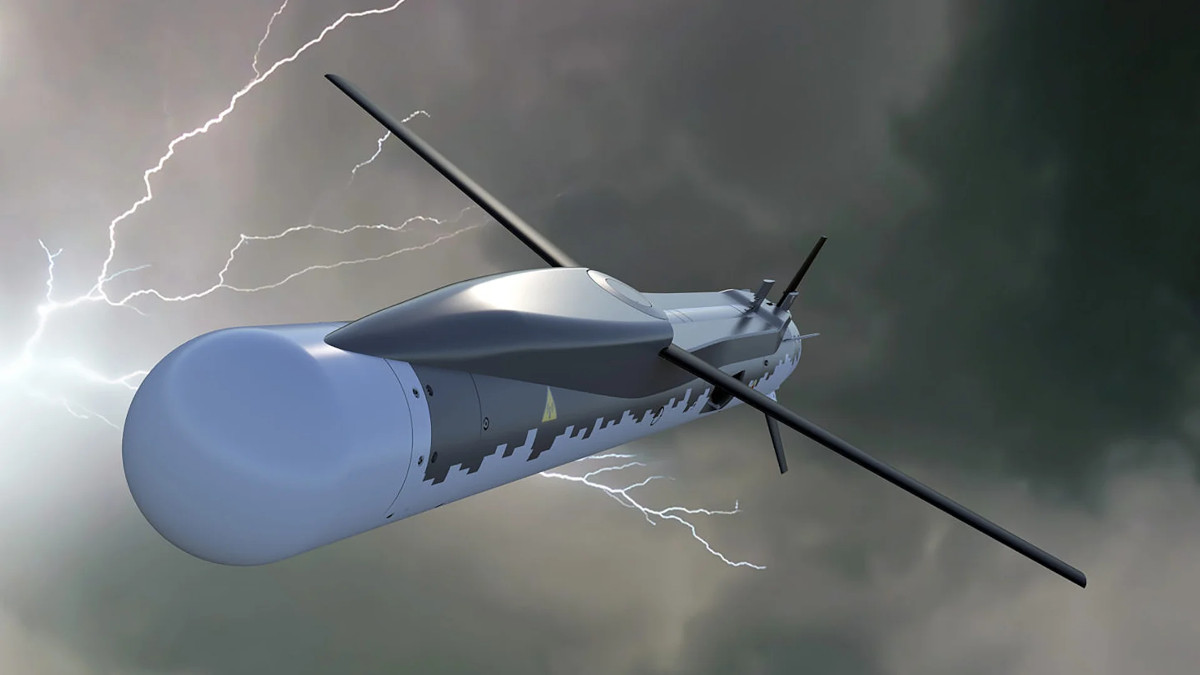
In many ways, the Typhoon ECR configuration is more akin to the Boeing EA-18G Growler. Before deciding to buy F-35As, Germany had also considered purchasing a fleet of F/A-18E/F Super Hornets and EA-18Gs.
The Typhoon EK is more in line with a single-seat SEAD/DEAD optimized version that Airbus previously presented as a companion to the ECR version. However, that older configuration also included a single Hensoldt pod.
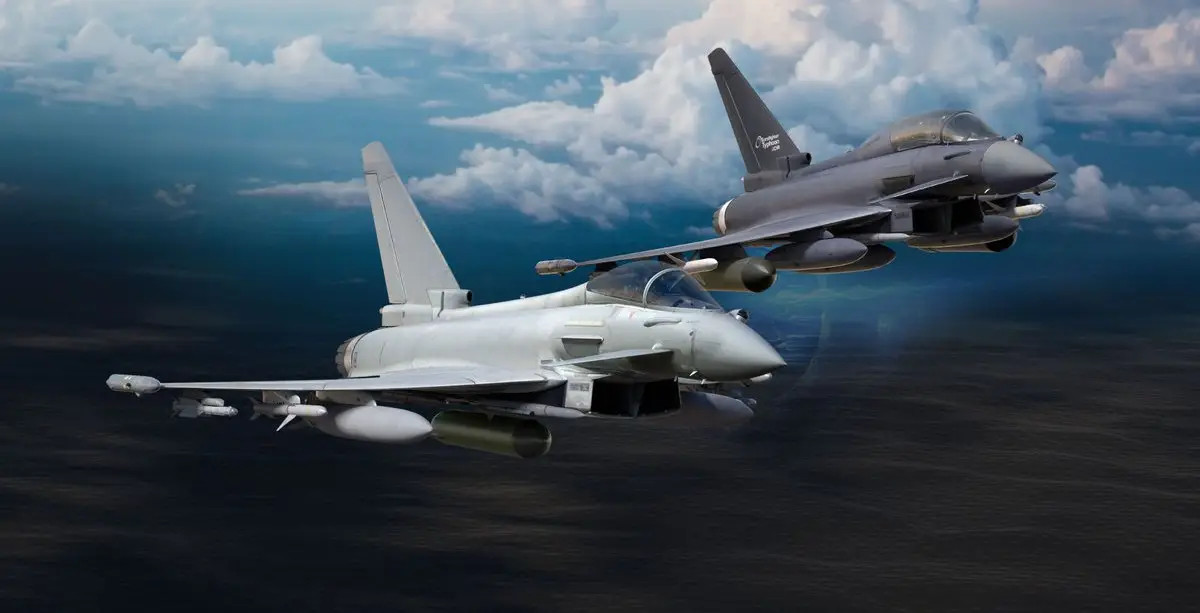
It’s also worth pointing out here that most other tactical electronic warfare aircraft, past and present, including Germany’s existing Tornado ECRs and the EA-18G, are at least two-seat designs. This is specifically to provide a second individual who can be focused purely on electronic warfare tasks, helping to reduce the workload for the pilot.
Typhoon EK is expected to just be one component of a larger ‘system of systems’ approach to the electronic warfare mission that the German Air Force refers to as Luftgestätze Wirkung im Elektromagnetischen Spektrum, or IuWES. This effort is primarily focused on ensuring that Germany can meet key SEAD and electronic warfare commitments to NATO.
Germany’s armed forces are a major component of NATO and the country is party to the alliance’s nuclear weapon sharing arrangements and could be called upon to employ nuclear bombs provided by the U.S. military. Electronic warfare support beyond what the Typhoon EK is designed to provide would be a critical component of any future nuclear strike mission. That mission set was also a central driver in the German government’s decision to acquire the F-35A. Currently, German Tornado IDSs are among NATO’s potential nuclear weapon delivery platforms.
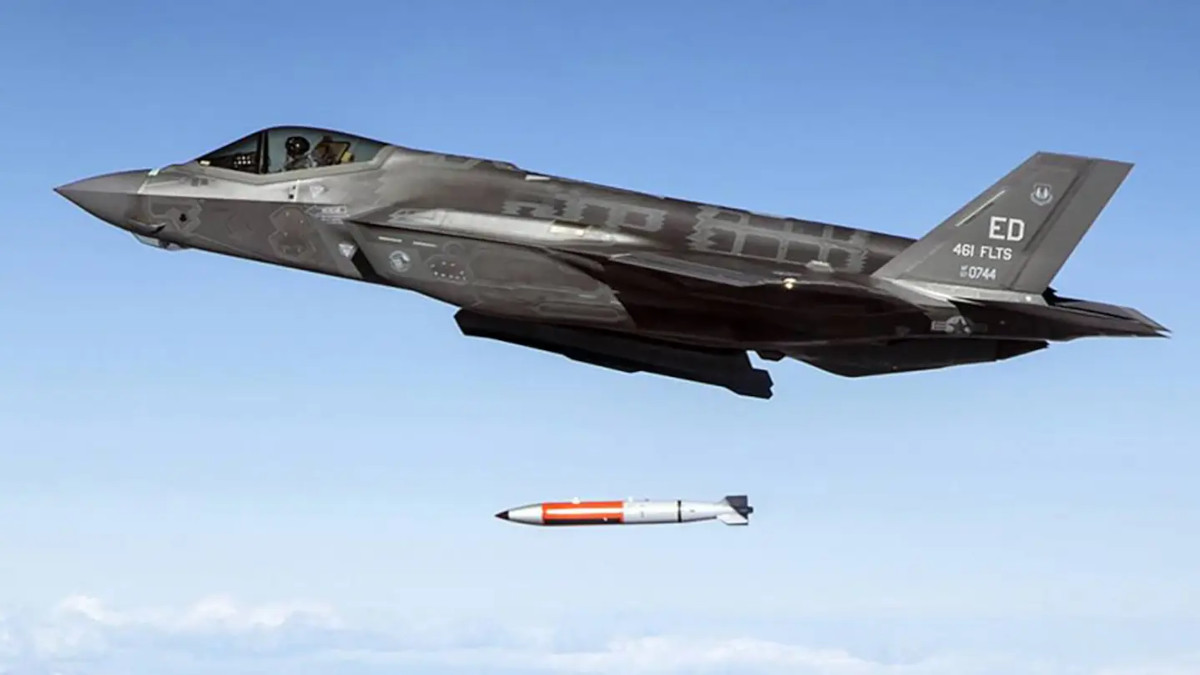
Like other NATO members, Germany is also just faced with a host of serious national security concerns in and around Europe, especially the fallout from Russia’s ongoing war in Ukraine. The German government has been a significant supplier of military aid, including Patriot and other air defense systems and Leopard 2 tanks, to the Ukrainian armed forces. The crisis has prompted the country itself to hike military spending and look to expand the size of its armed forces after years of contraction following the end of the Cold War.
The German government is also looking to expand its military activities outside of Europe, especially in the Pacific region as part of larger Western efforts to challenge China.
Much about IuWES is still in the process of being finalized, but it is known to include plans to acquire at least 10 larger electronic warfare aircraft to provide more robust stand-off jamming capability.
Airbus has laid out its vision for meeting the broader IuWES requirements at the Berlin Security Conference, which opened yesterday. This includes an electronic warfare aircraft based on the A400M cargo aircraft, which the company unveiled earlier this year, as well as loyal wingman-type drones with electronic warfare packages and air-launched missile-like decoys/jammers.
The uncrewed components here are also tied to work Airbus has been doing in support of the pan-European Future Combat Air System (FCAS). FCAS is also a family of systems that includes the development of a new sixth-generation crewed stealth combat jet. Germany is one of the countries currently involved in FCAS and its IuWES plan could feed into this broader future air combat vision.
Typhoon EK could be attractive to consumers outside of Germany, too. Italy, for instance, also operates Tornado ECRs (as well as IDS versions), along with other Typhoon variants. However, the country’s plans so far have been to supplant its Tornados with F-35s.
When Typhoon EK or any of these other electronic warfare capabilities actually enters service in Germany remains to be seen. Airbus says the goal now is for Germany’s electronic warfare Typhoons to “be NATO-certified by 2030,” at which point they can begin supplanting the Tornado ECR. This is already two years later than the timeline German officials laid out last year and the original hope had been for the new electronic warfare jets to begin entering service by 2025.
At least with regards to Typhoon EK, the German government has now made an important formal step toward turning that capability into a reality.
Contact the author: joe@thedrive.com
